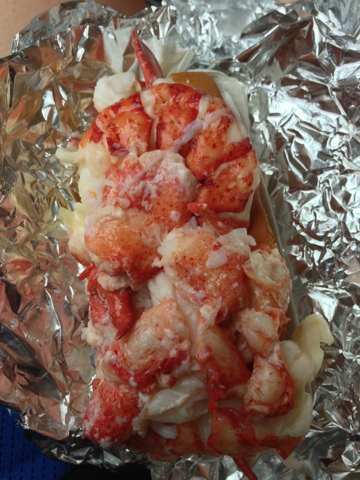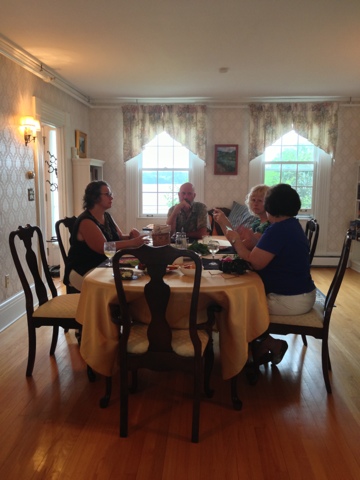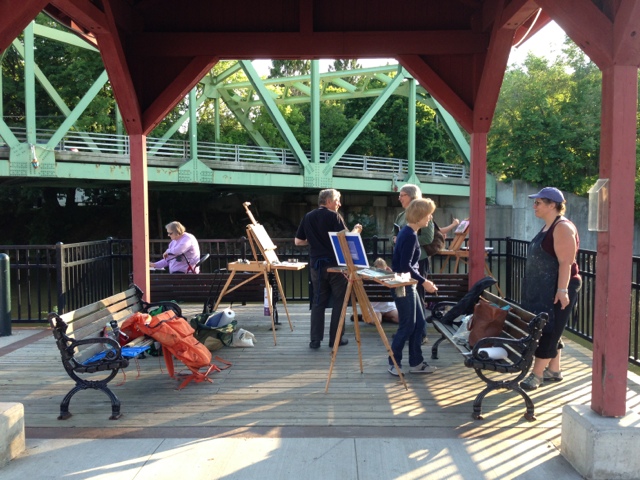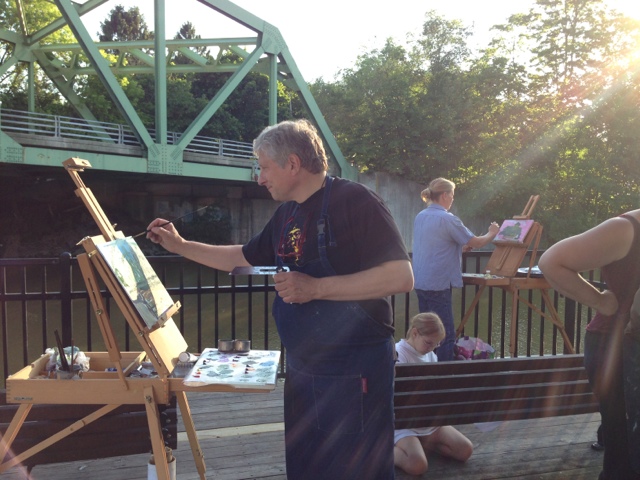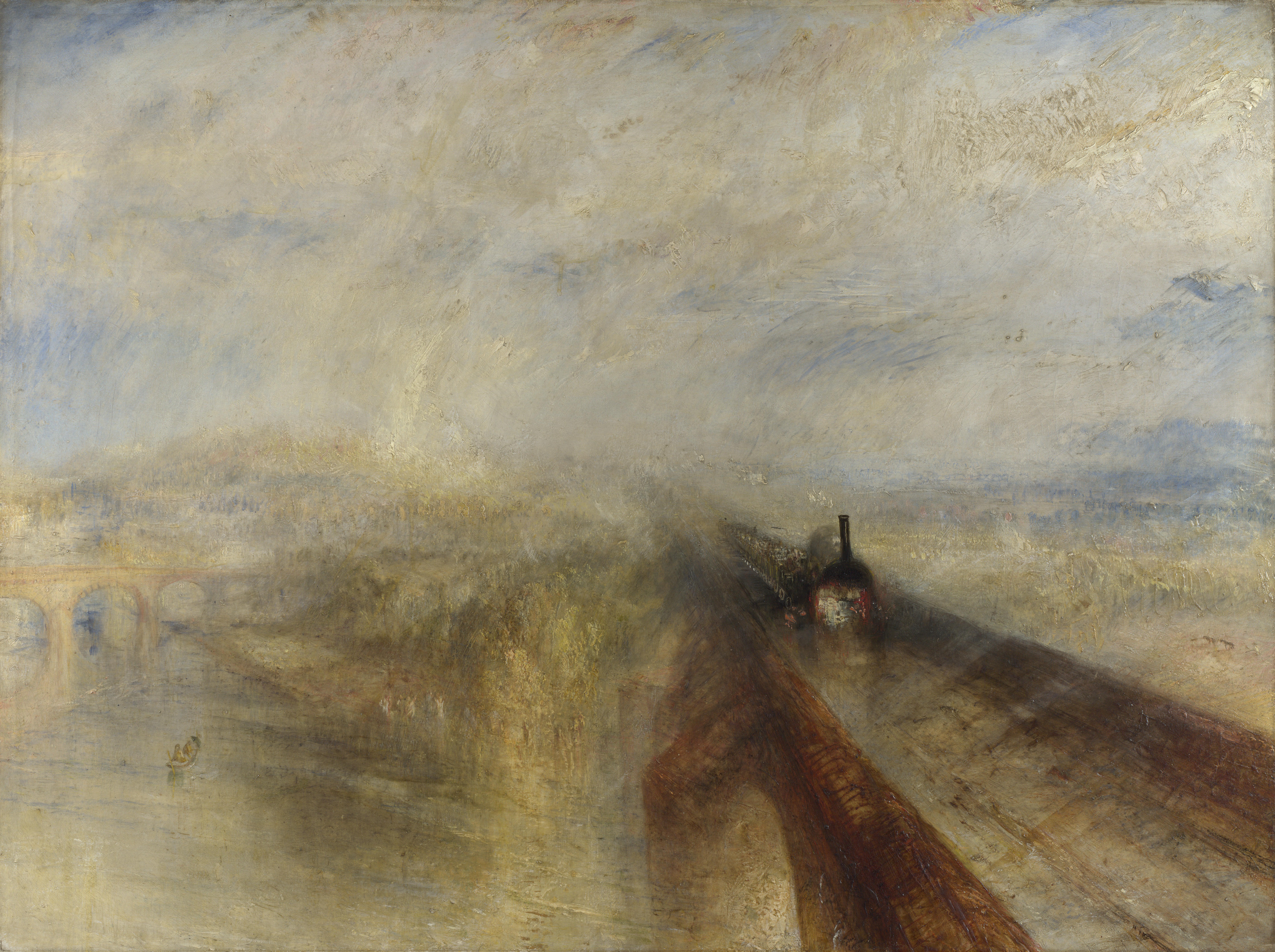 |
| Students show up at all levels of experience, and the goal is to meet them where they are and usher them to the next phase. |
An inexperienced student is a tabula rasa on which the painting teacher can sketch out an orderly system for painting. (This is a sweet privilege, and one of the reasons I like teaching teenagers so much.) When working with experienced students, the challenge is to get them to let go of what they know in order to embrace the whole range of what they couldknow.
I was the worst kind of painting student. I’m skeptical, have a strong inner vision, and am an autodidact by nature. When I first started teaching painting, Marilyn Feinberg would tell me “That’s karma; you deserve that,” when I got a student who refused to hear. She was so right.
Most people who take workshops are, in fact, fairly accomplished artists. I know I recently said otherwise, but my primary job isn’t really to know where the bathrooms are. Rather, it’s to help students discern and possess the next step in their painting journey, whatever that may be.
 |
| Teaching painting is a great privilege. |
The pitfalls are plentiful. Some teachers churn out exact replicas of themselves, so that you can walk into a gallery and immediately know, “That person studied with X.” Others are so fearful of stirring the mixture that they do nothing to advance their students’ skills, providing only vague affirmation. Still others teach systems of rendering—“This is how you paint an eye;” “This is how you paint an apple”—instead of teaching their student to observe and describe with an authentic voice.
That first moment in a new class or workshop can be fraught, especially if you know nobody. Many of us feel a need to excel (or at least I do). That is generally a good thing, but in the creative arts, it can also make us anxious, defensive, and hypersensitive to criticism. My first job is to help the student lay that aside, allowing the best true artist within himself to blossom.
I asked my friend and fellow artist Sandra Sibley—who also works with therapeutic riding programs—if there was an analogy in training horses. This was her response:
I don’t think there’s an analogy to training horses, as horses pretty much live in the moment and if you keep at it with repetition they learn what’s current.
Riders (and in my case, the volunteers who have horses) are another matter. I think we cling to that which feels comfortable. And with riding, that’s coupled with your brain thinking you are doing something different than what your body is actually doing. I can see that comparison to art, as so many beginners see a tree as green leaves and a brown trunk. Their brain is thinking they have it right, but it comes out wrong on the canvas.
The challenge with teaching riding to beginners is finding the right words/analogy that clicks in their brain to get them to do what you want them to do. IE, move your hips with the motion of the horse…move those hips like you’re salsa dancing. Breathe through your diaphragm… make a Santa belly when you breathe, etc.
Thanks, Sandy. You always do get to the heart of the matter.
——————————————————————–
I had lunch with a middle-school teacher from Delaware today and broached yesterday’s question. “Some people believe that nobody should have anything nice,” she said. And that, of course is a big part of it. There are many people in our culture who want to elevate the tone, but there are others—a few—who resent beauty or success. I guess the best we can hope for is that the creators outnumber and outwork the destroyers.
August and September are sold out for my workshop at Lakewatch Manor in Rockland, ME… and the other sessions are selling fast. Join us in June, July and October, but please hurry! Check here for more information.

